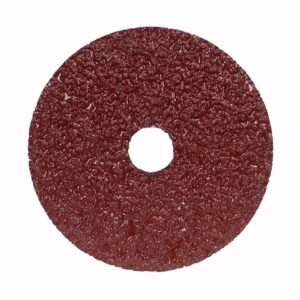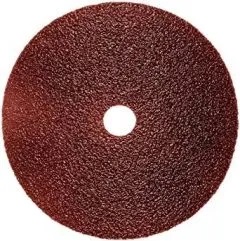No products in the cart.
AIT Sanding Discs
-
Quickview 137562
-
- [yith_compare_button]
-
-
Quickview 137563
-
- [yith_compare_button]
-
-
Quickview 137564
-
- [yith_compare_button]
-
-
Quickview 137565
-
- [yith_compare_button]
-
-
Quickview 137566
-
- [yith_compare_button]
-
-
Quickview 137567
-
- [yith_compare_button]
-
-
Quickview 137568
-
- [yith_compare_button]
-
-
Quickview 159726
-
- [yith_compare_button]
-
-
Quickview 137569
-
- [yith_compare_button]
-
-
Quickview 137570
-
- [yith_compare_button]
-
-
Quickview 137571
-
- [yith_compare_button]
-
-
Quickview 137572
-
- [yith_compare_button]
-
-
Quickview 159723
-
- [yith_compare_button]
-
-
Quickview 159725
-
- [yith_compare_button]
-
-
Quickview 159730
-
- [yith_compare_button]
-
-
Quickview 159731
-
- [yith_compare_button]
-
-
Quickview 137573
-
- [yith_compare_button]
-
-
Quickview 137574
-
- [yith_compare_button]
-
-
Quickview 137575
-
- [yith_compare_button]
-
-
Quickview 159727
-
- [yith_compare_button]
-
-
Quickview 159728
-
- [yith_compare_button]
-
-
Quickview 159729
-
- [yith_compare_button]
-
-
Quickview 137576
-
- [yith_compare_button]
-
-
Quickview 161454
-
- [yith_compare_button]
-
-
Quickview 137577
-
- [yith_compare_button]
-
-
Quickview 137578
-
- [yith_compare_button]
-
-
Quickview 137579
-
- [yith_compare_button]
-
-
Quickview 137581
-
- [yith_compare_button]
-
-
Quickview 137582
-
- [yith_compare_button]
-
-
Quickview 137583
-
- [yith_compare_button]
-


